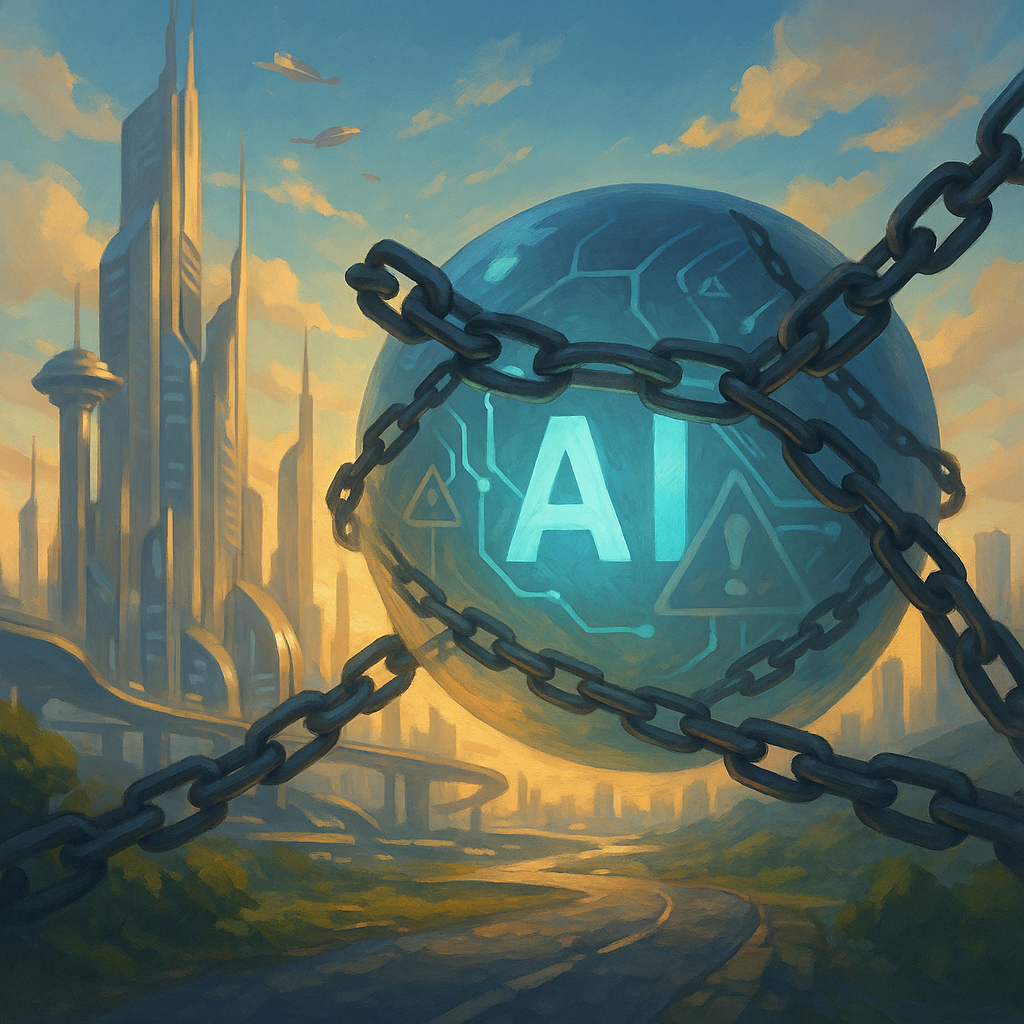Hello, I’m Mana.
Generative AI is actively used across a wide range of fields, including automatic generation of text, images, and audio, improving work efficiency, and supporting creativity. However, despite its convenience and advanced capabilities, the reality is that it cannot be used freely everywhere.
Why is the use of generative AI restricted in some cases?
In this article, we will explain five main factors that limit the use of generative AI and how we can approach them.
📉 1. Technical Limitations
Generative AI is not all-powerful. Several technical limitations act as restrictions on its use.
Typical technical limitations include:
- Hallucination (generation of incorrect information)
- Some models lack access to up-to-date information
- Weakness in logical reasoning and calculations
- Limits in maintaining context (weakness with long or complex interactions)
As a result:
- Fields requiring high accuracy like healthcare, law, and finance require careful operation
- Human supervision or combined use with supporting tools is often necessary
⚖️ 2. Legal and Regulatory Issues
Using generative AI requires consideration of domestic and international laws and regulations.
Common legal risks include:
- Copyright: The risk of generated content resembling existing works
- Personal data protection: Handling of information included in inputs or outputs
- AI regulations: Restrictions based on AI risk levels (e.g., EU AI Act)
🤖 3. Ethical and Governance Challenges
There is also a risk that generative AI may produce outputs that are ethically undesirable.
Potential risks:
- Discriminatory outputs (bias issues)
- Spread of fake information and fake news
- Unclear responsibility for mistakes or harmful outputs
Required organizational responses:
- Establishing AI usage guidelines
- Using AI under human supervision (Human-in-the-Loop)
- Building monitoring, recording, and review systems for outputs
👥 4. Social Acceptance and Trust Issues
No matter how advanced the technology, if users and citizens do not trust it, it cannot be widely adopted.
Common concerns:
- “Can AI-generated information be trusted?”
- “Will AI take away my job?”
- “Who is responsible for AI outputs?”
Keys to solving these issues:
- Transparency of AI usage
- Accountability for AI decisions and outputs
- Improving AI literacy through education
💰 5. Cost and Implementation Challenges
Operating high-performance generative AI requires technical infrastructure and personnel training, which come with costs.
Common obstacles:
- High costs for API usage of powerful models
- Difficulty integrating AI with internal systems
- Challenges meeting strict security requirements
→ Especially for small businesses and local governments, these cost and technical hurdles can limit the use of AI.
📘 Conclusion
Generative AI is a powerful tool, but it is not something that can be used freely without consideration. Understanding its risks and limitations is essential to responsible and effective use in the AI era.
Let’s continue building our knowledge to use AI wisely and safely!



Comment